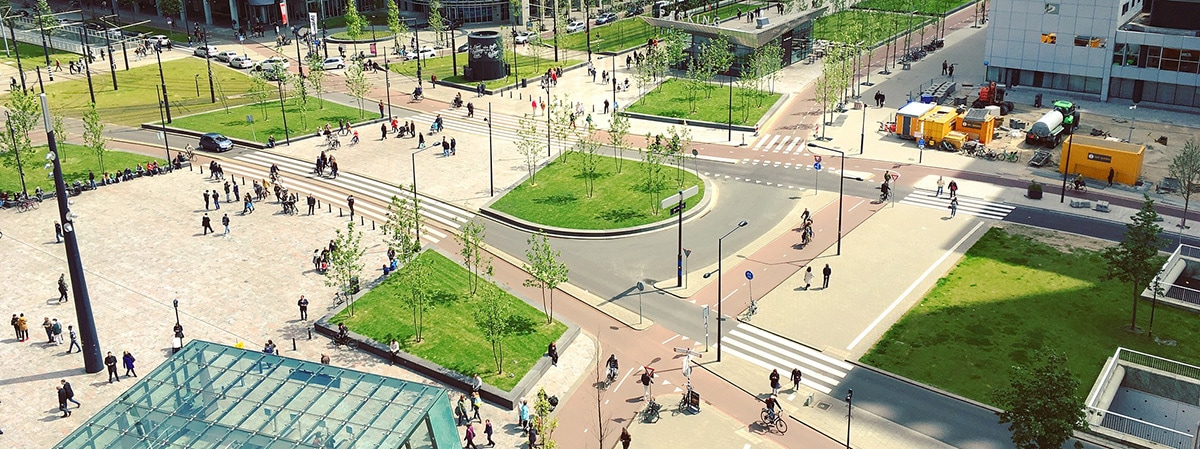
As urban service providers, we have seen a significant change in how companies that provide these services respond to challenges they’re faced with. To keep up to date with this change, we have to adapt our way of acting.

It is very important for a service provider to monitor response efficiently, as it depends on the effective continuity of the contract’s management or the least possible impact in the case of the contract’s conclusion. We are talking about a sector where the number of employees can account for around 75% of the contractual value, so careful, effective monitoring and management are essential.
On the other hand, while at a lower percentage yet still very important, we have the fleet assigned to services in urban waste collection contracts, and this factor will also have to be analyzed depending on the different scenarios that are possible. And we increasingly face uncertainty in the discontinuation of services at the end of the contract date.
Before the contracts themselves end, new tenders are launched on the market, and these sometimes do not end on time. The client is left with the need to continue the service until the new procedure is completed, so they turn to the current provider. This uncertainty, which often culminates only in the final days of the current contract, has required service providers to respond quickly and flexibly, ensuring continuity in management systems among other areas involved.
Contract continuity vs. termination
For the reasons previously mentioned, we must be prepared in advance for two possible scenarios: the continuity of services, even for a short period of time, or the effective termination of the contract. An example could be the contract that Ferrovial Serviços won for urban waste collection and cleaning in Torres Novas, Portugal, with a duration of 10 years and an extension for another 4. In the end, Ferrovial Serviços continued to provide these services through direct adjustments that lasted approximately 3 years. With these successive adjustments, the teams in the field had to be adapted and reorganized, as did all of the logistics and equipment, in order to respond to and fulfill the client’s requests and requirements.
Contract Continuity
To analyze contractual continuity at the Human Resources – Human Resources level, we have to evaluate the possibility of extending employment contracts. As for material resources, namely vehicles and equipment, we refer to the schedule of revisions and repairs needed to maintain their operation.
Contract Termination
In lieu of the procedures described and for contractual terms, we prepare for the termination of employment contracts or for the replacement of employees in other contracts, or regarding vehicles and equipment, their transfer to other existing contracts or new contracts about to start. We also have to prepare all of the logistics to leave warehouses or houses to support the contract, where all vehicles are parked and the equipment, materials, and goods used to provide services are stored.
As such, it is essential to have good management and coordination skills that can connect the different areas of the company, from support to contract managers. We are talking about flexibility in managing people and teams.
New contract
On the other hand, at the start of a new contract, we only have to deal with one scenario: starting up services while maintaining responsiveness, adaptation, and flexibility. We’re working in the certainty of the start of a new installment, focusing and concentrating on a single objective.
Regarding people management, we’re talking about the need to start a new hiring process or a process to transfer employees from other contracts. It should be noted that all of these employees receive introductory training before the contract begins in terms of two systems, OSH (Occupational Safety and Health) and QE (Quality and Environment).
In terms of material resources, it is necessary to follow a thorough evaluation and intervention procedure to ensure that the team is 100% operational. If the new contract requires acquiring new equipment, the purchase procedure must be followed.
That way, the scenarios that must be considered in the urban sector are different and cumulative, whether in urban cleaning and collection contracts or in green space maintenance. In the increasing demand on responses, effectiveness is only achieved through everyone’s participation and the ability to perceive the business as a whole, which requires an integrated vision of services, so that we can benefit from the different strengths of each area.





There are no comments yet